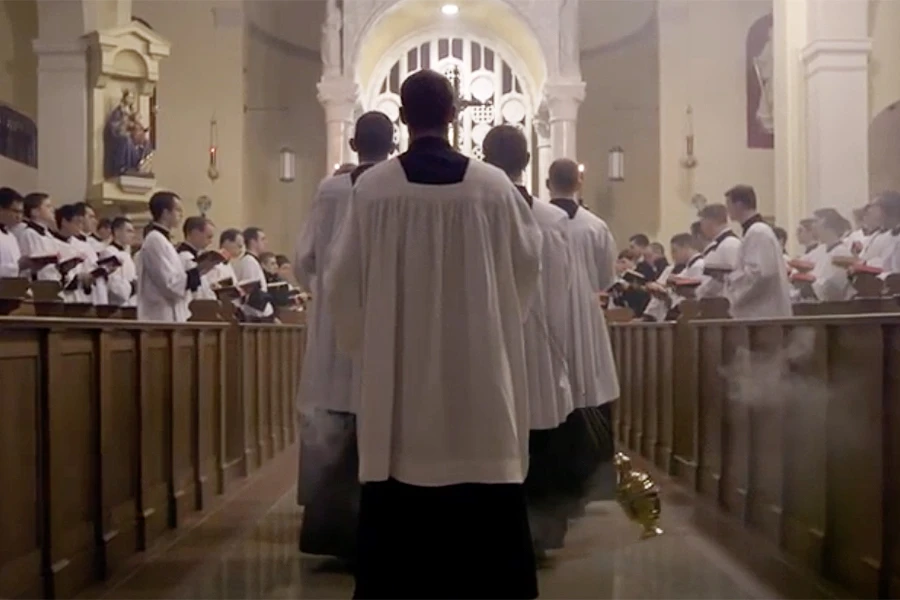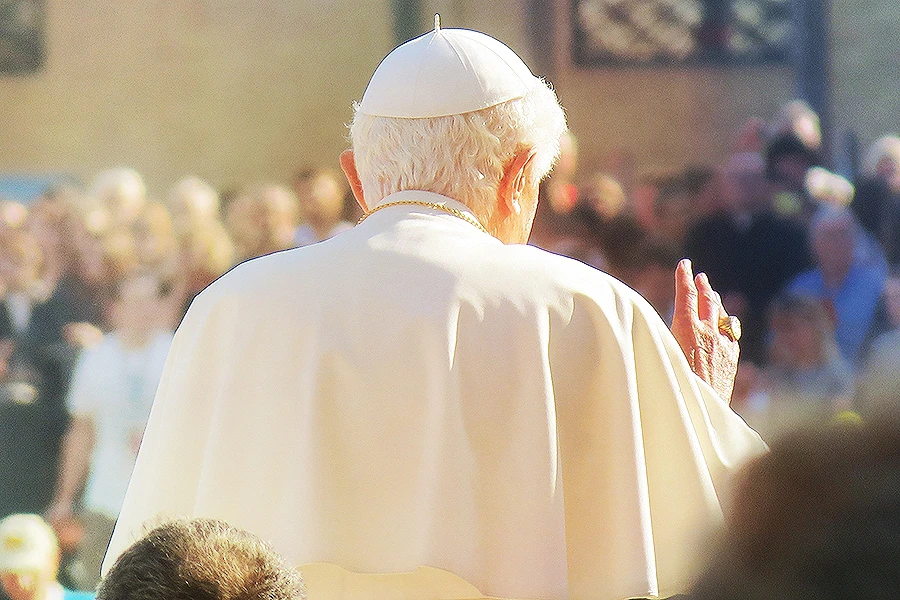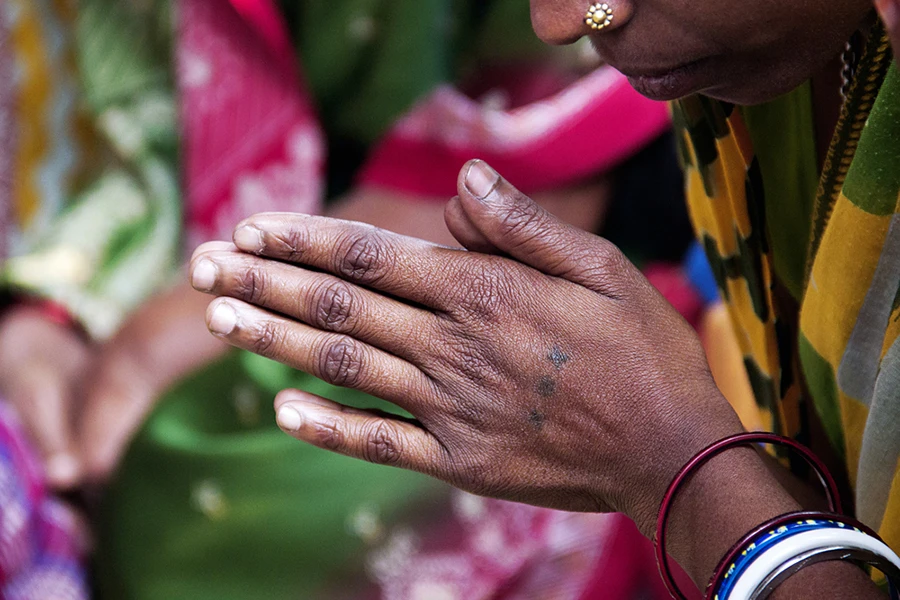
Grammy-winning producer guides Gregorian chant album

New York City, N.Y., May 4, 2017 / 06:02 am (CNA/EWTN News).- When Christopher Alder, an 11-time Grammy winning music producer, first was asked to help create an album of Gregorian Chant, he was short on details.
“When I was asked to do this recording, I was only told, would you be free to do a recording in Nebraska?” he said in a promo video.
That’s because, tucked away in the low, rolling hills of eastern Nebraska is Our Lady of Guadalupe seminary, the international school for English-speaking seminarians of the Fraternity of St. Peter (FSSP), a Roman Catholic group of priests dedicated to celebrating the traditional Latin Mass.
For their first album, the priests and seminarians chose to record the chants of the Requiem Mass, Latin for ‘rest’ – the funeral Mass in the Latin rite.
“It has been an honor to work with The Priestly Fraternity of St. Peter, as they are excellent ambassadors for this repertoire – they are intimately familiar with this music – thus its deeper meaning is inescapable throughout the album-and the care and excellence that they brought to recording this Requiem is an inspiration,” noted producer Alder and engineer Brad Michel, also a Grammy winner.
“They know this material intimately, as it rolls out of them as if it were poetry that one has recited countless times. They know it by heart, in every sense of the term because the text is being simultaneously believed and sung at the highest level,” Alder added.
The album is comprised of 20 tracks, mostly monophonic Gregorian chant, though it includes polyphonic motets by renowned 16th-century Italian composer Palestrina and a less well-remembered 18th-century composer, Giovanni Battista Martini, one of Mozart’s teachers.
Although most people know the Requiem via the celebrated version by Mozart, the composer was himself inspired by Gregorian chant, explained Fr. Zachary Akers, music director of The Fraternity and a singer on Requiem, in a press release.
“In this album we are hearing this type of music that was around long before Mozart, approaching the beginning of sacred music,” Fr. Akers said.
Fr. Garrick Huang, co-music director of The Fraternity and a singer on Requiem, noted that Gregorian chant is thought to have roots both in the ancient Western and Eastern cultures, creating a sounds that is a cross-section of many cultures.
The texts are sung, he added, “because it has always been part of human nature to express love and joy, despair and sadness – the gamut of emotions – in song. That said, the Requiem chant is not a performance for us. We say that we ‘sing’ the Requiem, but it’s more that we’re praying the Requiem.”
On their website, the Fraternity explains that they chose the Requiem Mass as their first recording because death “is so vivid to human experience, and the Requiem reflects that reality.”
While the music, and the black vestments of the priests during a Requiem Mass, inspire natural feelings of sadness and mourning, there is also present an element of hope.
“It’s not a morbid sadness because we have hope that God is merciful and that he will bring this soul to heaven,” Fr. Akers said.
“The calmness of the chant reveals a spirit of rest or repose, which is what the very word requiem means,” the priests note on their site.
The album Requiem, produced in collaboration with De Montfort Music and Sony Classical, will be available May 12 on Amazon. De Monfort Music specializes in chant, polyphony and all areas of sacred music with a concentration on singing orders and communities well trained in this repertoire.








